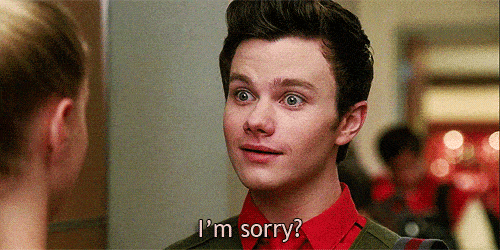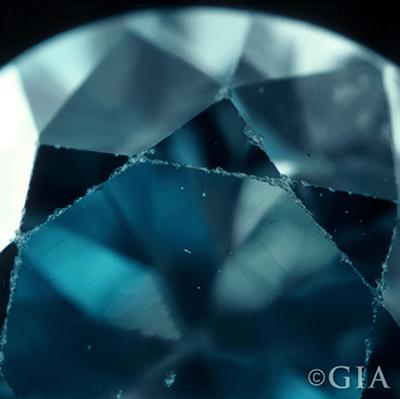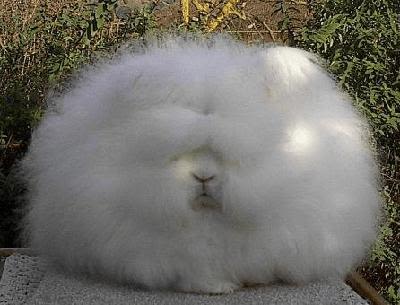
Hiiiiiiii! So, if you’ve been following our awesome series on diamond inclusions and blemishes, you’ll know that over the past few weeks we’ve been imparting all manner of wisdom onto those who wish to avail of it. Those of you who’ve come on this wonderful journey through the world of diamond inclusions with us, will be wise on topics ranging from indented naturals to twinning wisps and everything in between. For those of you late to the party, well unfortunately you know nothing (#jonsnow). Oh, and we’ve eaten all the chips.

Fear not! You can still catch up on all things ‘inclusions’ if you click here and begin with our fab intro post on why you need to get woke on the whole diamond inclusions biznizzzzz. Read that first, then come back here so we can get on with learning all about abrasions! Fun times. FUN. TIMES.
All up-to-date? Great, let’s dance1.
So, what is an abrasion? Well, an abrasion in a diamond is simply a number of mini nicks and scratches that are usually found along a ‘facet junction’ - that’s where two facets/flat faces around the diamond meet. #sciencebit #concentrate #notreallytho #okimstoppingthis. These nicks and scratches occur when a diamond is rubbed up against something just as hard – and believe it or not, that’s usually just another diamond. It’s a little like when two jagged stones are rubbed together, tiny scratches will appear where they touched. Here’s an example up close on a diamond, for your viewing pleasure (and note that it only occurs at the ‘facet junctions’ – and you know what they are now!):

Rough Break There, Buddy
Bottom line folks, these abrasions are often the result of careless handling of diamonds. In fact, when I worked in a jewelry store in high school, we would have to be extremely careful not to place the diamond rings too close together when taking them in from the window every night, lest they rub up against each other and cause such horrors. This was after we had tried every single one of them on our fingers and pretended to be engaged. Yup, diamond weirdo from a young age. I regret nothing.
Abrasions can be easy to spot under 10x magnification, and are known for their distinctive ‘fuzzy’ appearance. This sounds cute, but it ain’t, and it can really bring down the quality of the polish grade given to the stone. We suggest a two-pronged attack on diamond abrasions:
1. Make sure you take a good close look at 10x magnified photos and also check that the stone has been given an ‘excellent’/‘ideal’ polish grade. Then find out if it is possible to get the abrasions polished off – this can be done, but will mean that you’ll lose a little weight off the stone. If they abrasions really both you however, it might be worth your while doing that.
2. Show the images, videos, grading report AND price of the stone in question to the retailer’s in-house gemologist – OR BETTER YET our team of gemologists – in order to get a professional opinion on whether you are seeing clear on this particular diamond… otherwise you might end up with a stone that looks like this:

FAZZZZZAAAYYYYYYYYYYY

